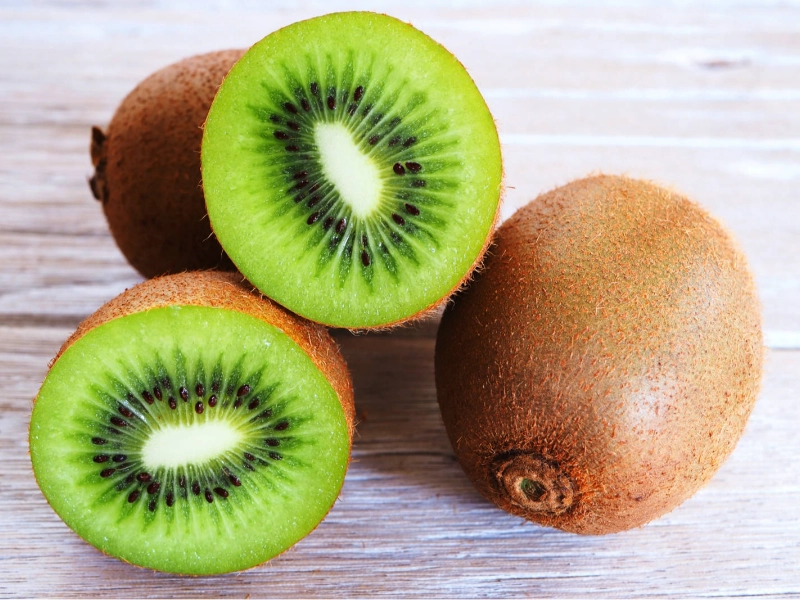Advertisement
From an uncommon wild berry to a much-loved worldwide fruit, the kiwifruit's story is one of horticultural creativity and marketing genius. The interesting background, cultivation, nutritional value, and global appeal of the kiwifruit are examined on this page. From a Chinese oddity into an international agricultural sensation, see how this little, fuzzy fruit with emerald-green flesh and tiny black seeds became a standard in fruit bowls and stores all over.
1. The Origins of Kiwifruit: A Wild Chinese Berry

Kiwifruit's tale starts in China's verdant valleys, where it grew wild for millennia, its vines entwining through the Yangtze River Valley's woods. Originally unassuming in look, this little brown fruit—known locally as yang tao or "strawberry peach—was revered for its unusual flavour and therapeutic qualities. Over 700 years, the Chinese have grown these wild vines using the fruit not just for food but also in traditional medicine to help digestion and strengthen the immune system.
Early in the 20th century, the kiwifruit's path from obscurity to worldwide popularity started when it drew interest from outside guests. This unusual fruit captivated New Zealand missionaries and teachers employed in China especially. Its tangy-sweet taste caught their attention and they chose to transport some seeds back to their native country. This choice will prove to be a turning point in the history of the fruit, enabling its development from a wild Chinese berry to an agricultural staple used worldwide.
Returning from China with kiwifruit seeds in 1904 was New Zealand school administrator Isabel Fraser. She handed them to Alexander Allison, a farmer who in New Zealand raised the first kiwifruit plants with success. This launched kiwifruit farming outside of its natural China. The mild temperature of New Zealand, which matched their natural Yangtze River Valley habitat, was perfect for the plants. The success of these first plantings inspired other farmers to try the fruit, which helped little orchards to grow all throughout the nation.
Originally called the Chinese gooseberry, the fruit's name mirrored its source but did not adequately convey its distinctive qualities. It became evident that a more appealing name would be required for more general market adoption as farming grew and the fruit gained favour among nearby producers. The amazing journey the fruit went from a wild Chinese berry to a cultivated crop in New Zealand was only beginning. Those early pioneers had no idea, though, that their efforts would set the stage for a worldwide fruit business spanning countries that enthrals people everywhere.
